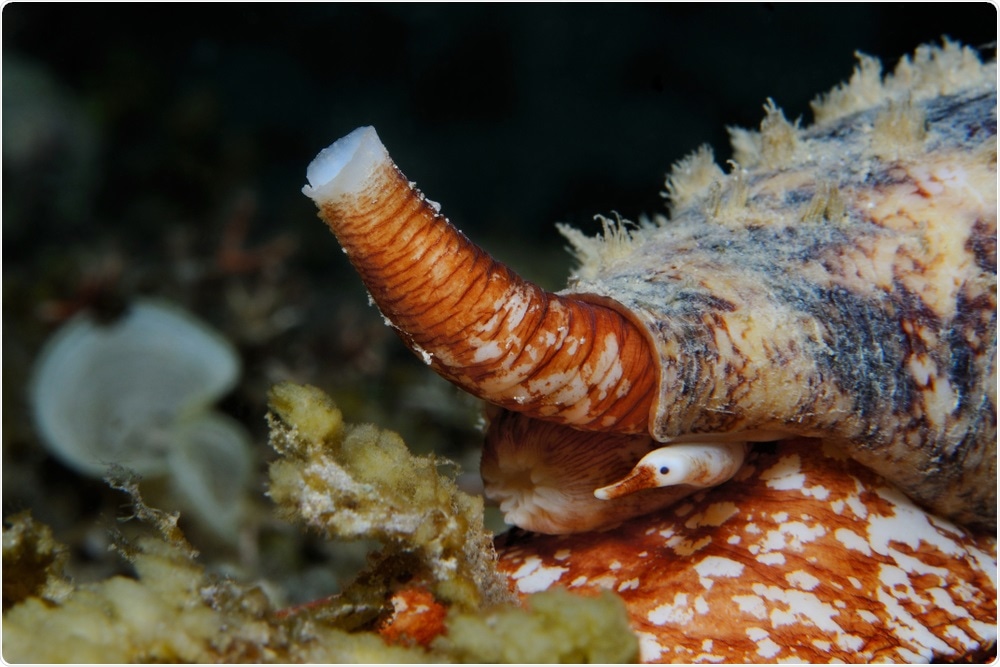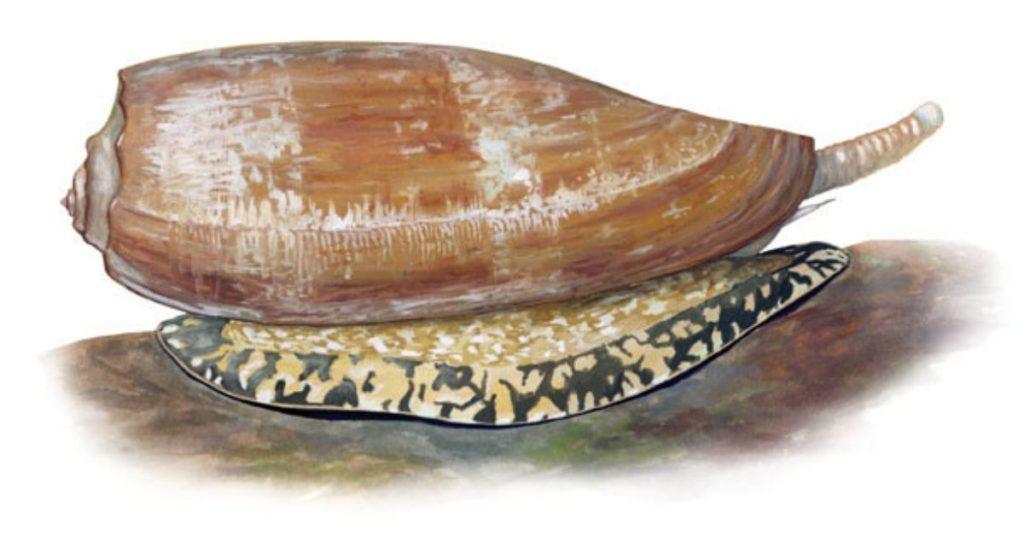

The proboscis was sectioned in sagittal (parallel to the longitudinal axis and dorsoventrally aligned), longitudinal (parallel to the longitudinal axis) and transverse (perpendicular to the longitudinal axis) orientations. Although snails later regenerated a fully functional proboscis, regenerated proboscides were not used for morphological studies. catus (<2 cm) were severed from the snail immediately prior to a prey capture. MATERIALS AND METHODSįor histological analysis, elongated proboscides of C.

The interplay between these elements provides a novel and effective biomechanical injection system for fast-acting venom peptides found in Conus. Tooth movement coincided with the sudden appearance of venom flowing within the lumen. Proximal to the muscular sphincter, an increase in tortuosity, or kinking, of the lumen well in advance of the appearance of venom in the proboscis suggests that the muscular sphincter actively regulates venom dynamics within the proboscis. A dense muscular sphincter is present midway along the extended proboscis. Instead, it is composed of tall epithelial cells containing an array of intracellular microfilaments. This constriction is not a muscular sphincter. Conus pennaceus also hydraulically propels a radular tooth past a constriction of the proboscis lumen. pennaceus indicate that a high-speed prey capture mechanism is not unique to cone species that hunt fish prey capable of rapid escape responses. Kinematic studies of the mollusc-hunting C. Although the rapid motion of the radular tooth has been established, the mechanism responsible for generating this motion remains unclear. The energy needed to propel the tooth was hypothesized to be generated by an increase in pressure caused by sustained contraction of the proboscis' musculature, eventually sending the tooth past the constriction and into the prey ( Schulz et al., 2004). This constriction was thought to be a muscular sphincter ( Greene and Kohn, 1989) that contracts to retain the radular tooth prior to its release ( Schulz et al., 2004). Prior to tooth ejection, a priming step occurs during which the radular tooth is forced against a constriction of the proboscis lumen. During this process the highly specialized radular tooth is fired from its holding point near the tip of the proboscis into the prey in less than 1 ms ( Schulz et al., 2004). At least one fish-hunting species, Conus catus, uses a high-speed hydraulic mechanism. Successful prey capture requires both rapid physiological and biomechanical mechanisms. The interplay between these elements provides a unique and effective biomechanical injection system for the fast-acting cone snail venom peptides. pennaceus, the rapid appearance and flushing of venom within the proboscis during prey capture suggests a mechanism involving the delivery of a discrete quantity of venom. Proximal to the constriction, a muscular sphincter was found to regulate venom flow and pressurization in the proboscis. A constriction of the lumen near the tip of the proboscis, composed of tall epithelial cells densely packed with microfilaments, impedes forward movement of the radular tooth prior to its propulsion. Two morphological structures were found to play crucial roles in this process. Taking advantage of the opaque venom and translucent proboscis of a mollusc-hunting juvenile cone snail, Conus pennaceus, we have determined that a high-speed prey capture mechanism is not unique to cone species that hunt fish prey.

We take an integrated approach to investigating the biomechanics of this process by coupling kinematic studies with morphological analyses. Conus catus, a fish-hunting species, uses a high-speed hydraulic mechanism to inject its hollow, spear-like radular tooth into prey. Previous studies have focused mainly on understanding the venom's role in prey capture but successful prey capture requires both rapid physiological and biomechanical mechanisms. Cone snails use an extensile, tubular proboscis as a conduit to deliver a potent cocktail of bioactive venom peptides into their prey.


 0 kommentar(er)
0 kommentar(er)
